Home>Ideas and Tips>Simple Steps To Start A Small Beehive
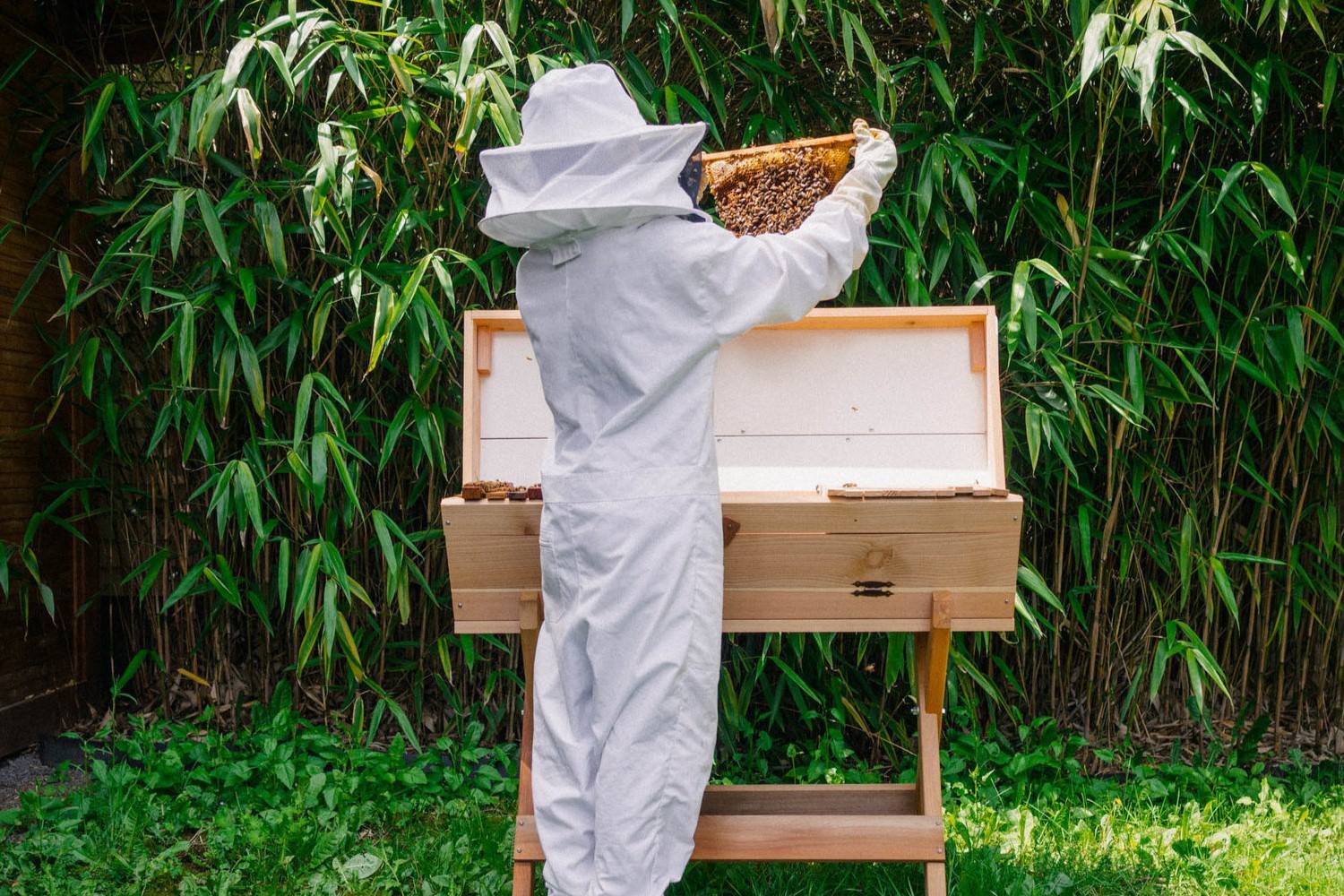

Ideas and Tips
Simple Steps To Start A Small Beehive
Published: November 1, 2024
Discover the simple steps to start a small beehive, from planning and gathering equipment to installing bees and maintaining your hive. Perfect for beginners!
(Many of the links in this article redirect to a specific reviewed product. Your purchase of these products through affiliate links helps to generate commission for Storables.com, at no extra cost. Learn more)
Starting a small beehive can be a rewarding and fascinating hobby, especially for those interested in home improvement and sustainable living. Not only do bees contribute to the pollination of plants, but they also provide honey and other valuable products. However, setting up a beehive requires careful planning, attention to detail, and a commitment to the well-being of the bees. In this article, we will guide you through the simple steps to start a small beehive, ensuring that you are well-prepared for this exciting venture.
Step 1: Research and Planning
Before diving into the world of beekeeping, it is crucial to do your research. Understanding the basics of bee behavior, the needs of your bees, and local regulations is essential for a successful beekeeping experience.
1.1. Learn About Bee Behavior
Bees are social creatures that live in colonies with a strict hierarchy. The queen bee lays eggs while worker bees perform various tasks such as foraging, caring for young, and defending the hive. Understanding this social structure will help you better manage your bees.
1.2. Understand Local Regulations
Check with your local government or beekeeping association to see if there are any regulations regarding beekeeping in your area. Some cities have restrictions on the number of beehives you can keep or require registration.
1.3. Choose the Right Location
Select a location for your beehive that is safe from strong winds, direct sunlight, and potential threats from pets or children. Ideally, it should be near a water source but not so close that it attracts pests.
Step 2: Gather Equipment
To start a small beehive, you will need some basic equipment:
- Beehive: You can choose between a Langstroth hive or a Top-bar hive. Langstroth hives are more common and easier to manage but require more equipment.
- Frames: These are where the bees will build their comb.
- Foundation: This is a thin sheet of beeswax or plastic that guides the bees in building straight combs.
- Smoker: Used to calm the bees by producing smoke that confuses them into thinking there is a fire.
- Hive Tool: A small tool used to open the hive and scrape off excess propolis.
- Protective Gear: A beekeeping suit, veil, gloves, and boots are essential for protecting yourself from stings.
- Feeder: If you're starting with a new hive, you may need a feeder to provide sugar water until the bees have enough honey.
Step 3: Obtain Bees
You have two main options for obtaining bees:
3.1. Buy a Nucleus Colony (Nuc)
A Nuc is a small colony of bees with a queen already present. This is often recommended for beginners because it provides an immediate population with which to start your hive.
3.2. Catch a Swarm
If you're experienced or know someone who is, catching a swarm can be an exciting way to start your hive. However, this method requires more knowledge and skill.
Step 4: Assemble the Hive
Once you have all your equipment, it's time to assemble the hive:
4.1. Prepare Frames
Place the foundation sheets onto the frames before assembling them into the hive body.
4.2. Assemble Frames
Insert frames into the hive body ensuring they are evenly spaced and secure.
4.3. Add Bottom Board
The bottom board provides an entrance for the bees and helps keep pests out of the hive.
Step 5: Install Bees
When installing bees from a Nuc or catching a swarm:
5.1. Open Hive
Use your hive tool to carefully open one side of the hive.
5.2. Place Bees
Gently place bees into their new home making sure not to disturb them too much as this can cause stress.
5.3. Close Hive
Close one side of the hive but leave enough space for bees to enter freely.
Step 6: Monitor and Maintain
Regular monitoring and maintenance are crucial for ensuring healthy bees:
6.1. Check for Pests
Regularly inspect your hive for signs of pests like mites or small hive beetles which can harm your colony.
6.2. Control Varroa Mites
Varroa mites are common parasites that can weaken bee colonies over time; use appropriate treatments according to local guidelines.
6.3. Harvest Honey (Optional)
If you're interested in harvesting honey, wait until there's enough stored within frames before doing so; always leave enough honey for winter survival purposes!
Step 7: Learn About Seasonal Activities
Beekeeping involves seasonal activities such as preparing hives for winter by adding insulation materials like foam boards around entrances while ensuring proper ventilation systems remain intact throughout colder months!
Seasonal Activities Summary:
- Spring: Inspect hives after winterization ensuring queen activity resumes normally after cold periods!
- Summer: Regularly monitor populations controlling any potential threats like diseases caused by bacteria/fungi pathogens etc., ensuring proper ventilation systems remain intact preventing overheating issues within hives!
- Autumn/Fall: Prepare hives ahead winter season adding necessary insulation materials around entrances ensuring proper ventilation systems remain intact throughout colder months ahead!
Conclusion
Starting small beehive requires patience dedication towards understanding complex social structures involved within these fascinating creatures By following simple steps outlined above carefully planning ahead ensuring proper equipment maintenance regular inspections monitoring seasonal activities closely adhering local regulations guidelines provided by experts within field will help ensure successful sustainable beekeeping experience years come!
Remember always prioritize safety wearing protective gear whenever interacting directly handling bees themselves minimizing risks associated potential stings injuries sustained during process itself!
Happy beekeeping journey ahead everyone
Was this page helpful?
At Storables.com, we guarantee accurate and reliable information. Our content, validated by Expert Board Contributors, is crafted following stringent Editorial Policies. We're committed to providing you with well-researched, expert-backed insights for all your informational needs.

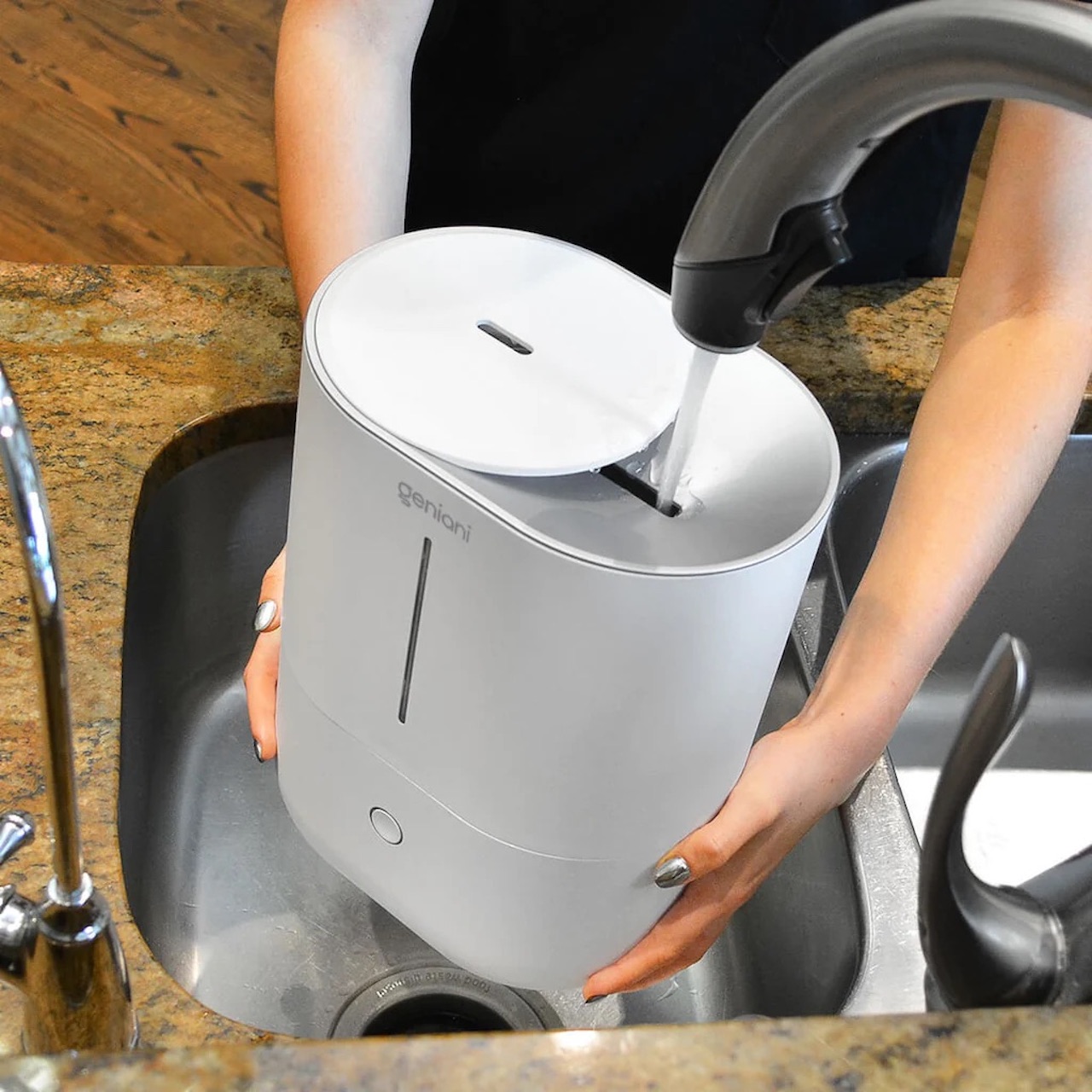
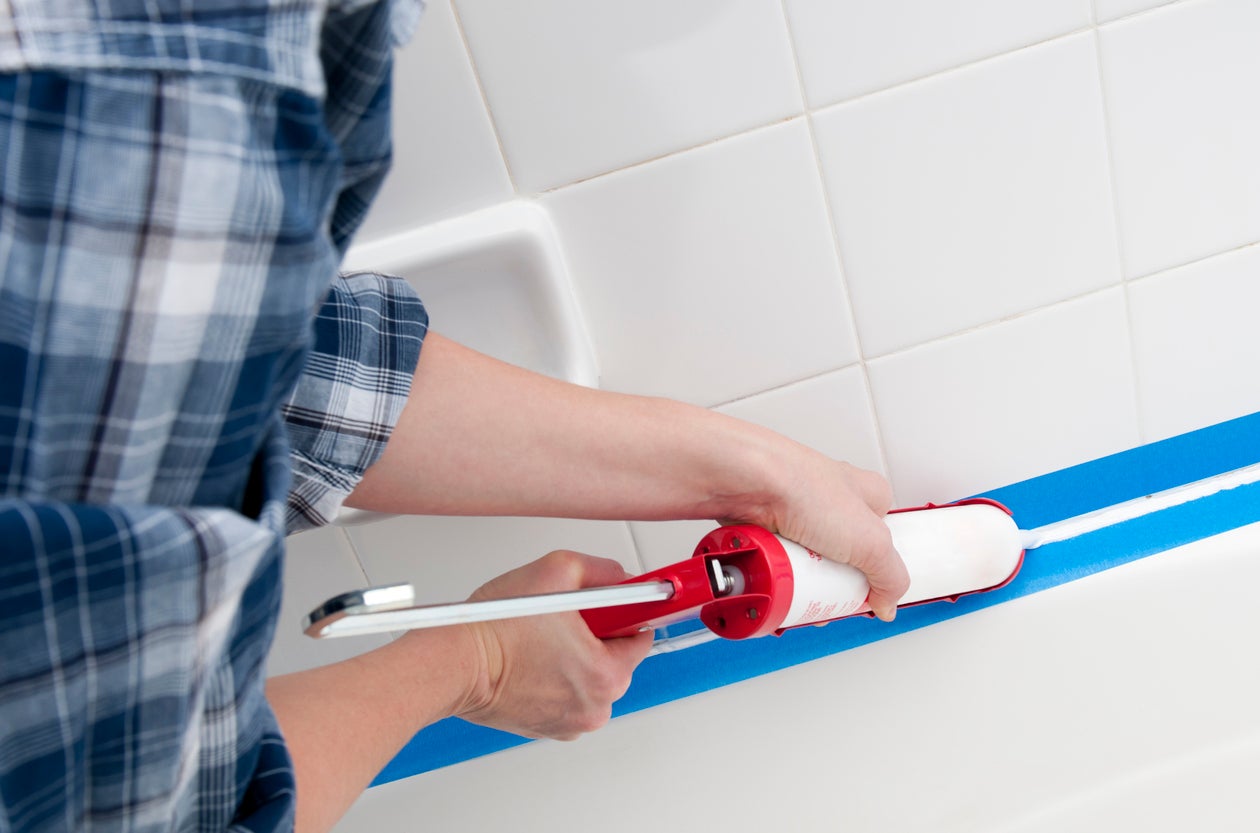
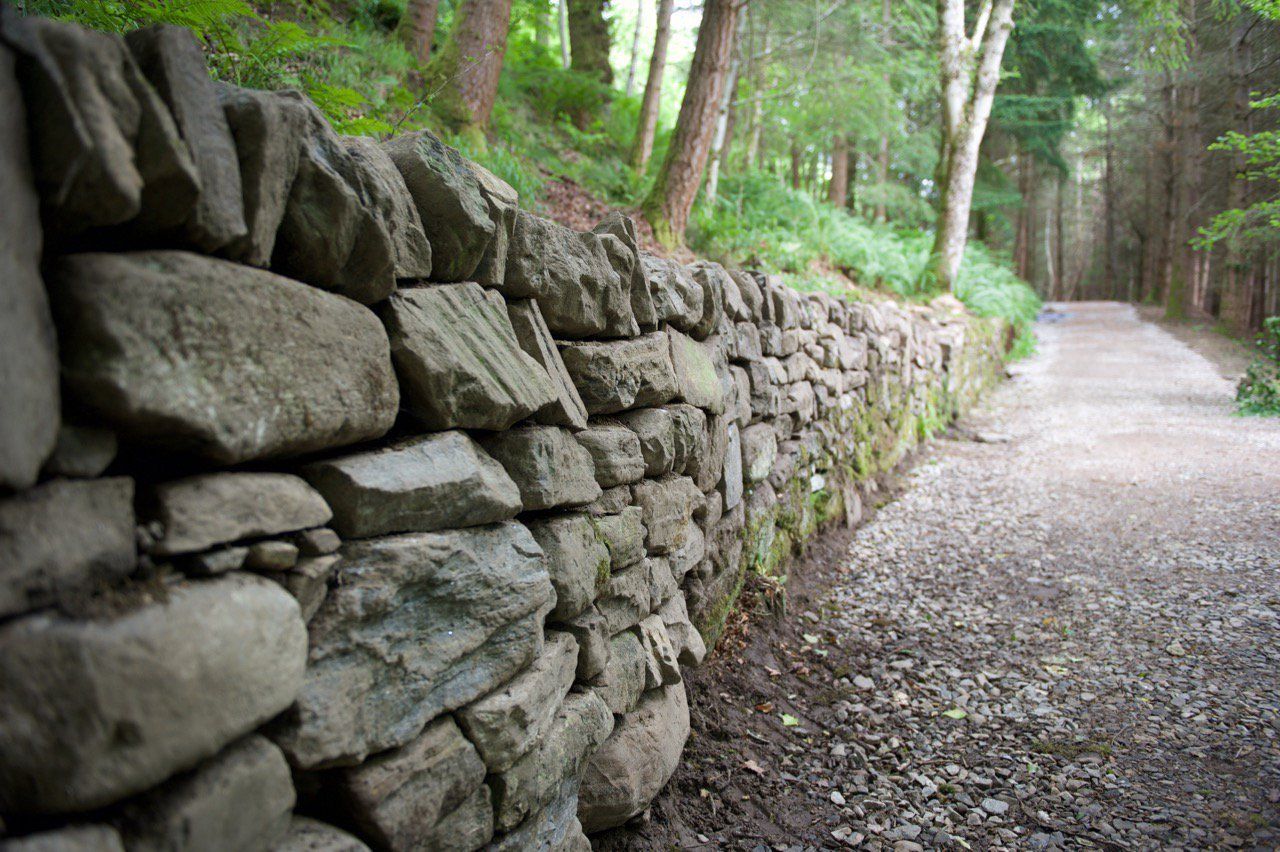
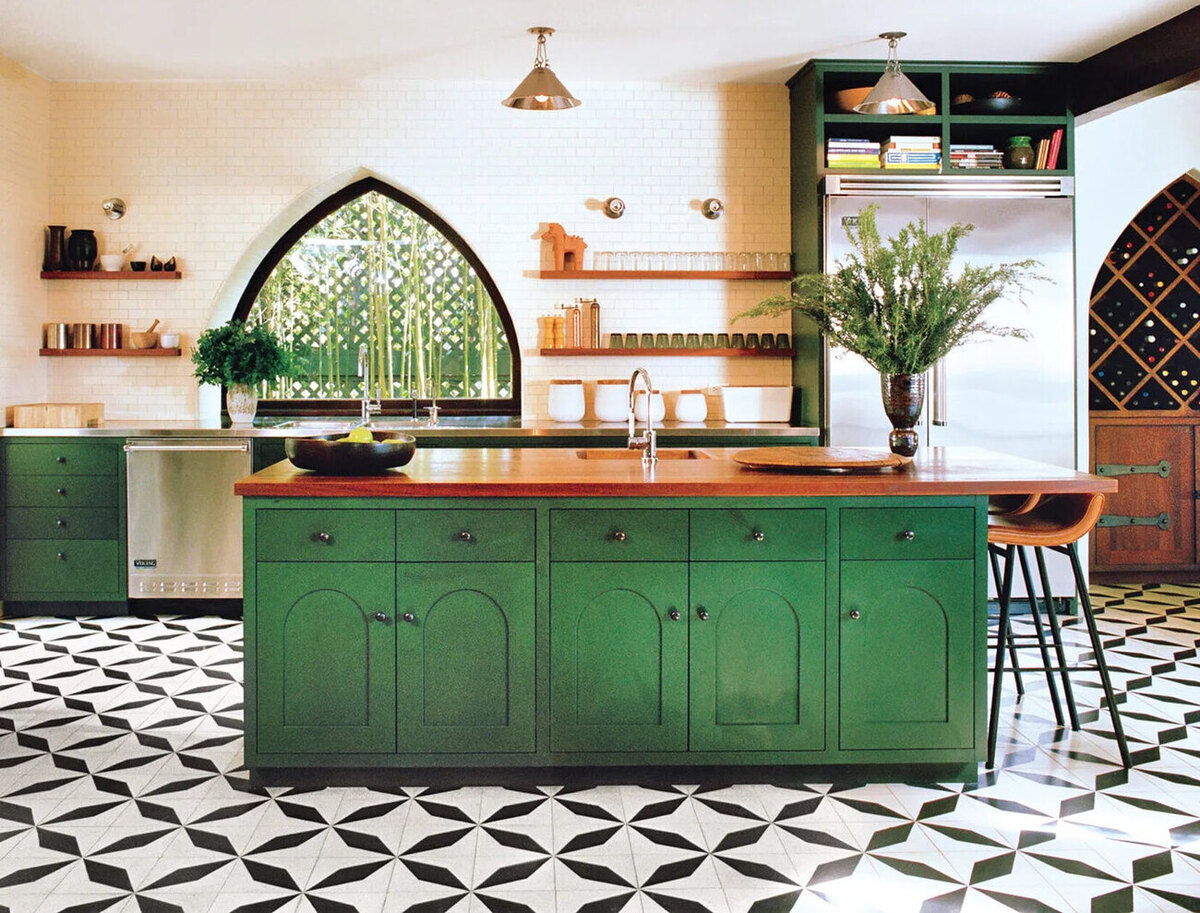
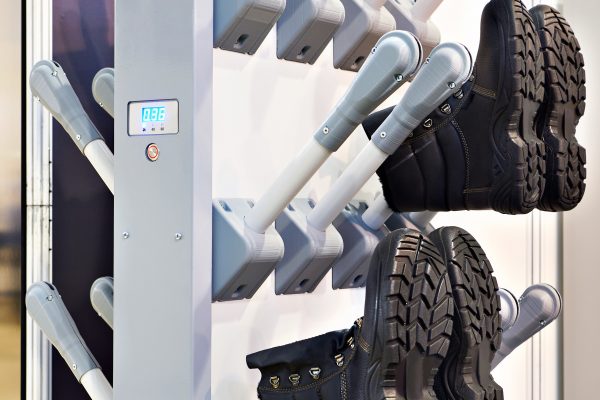
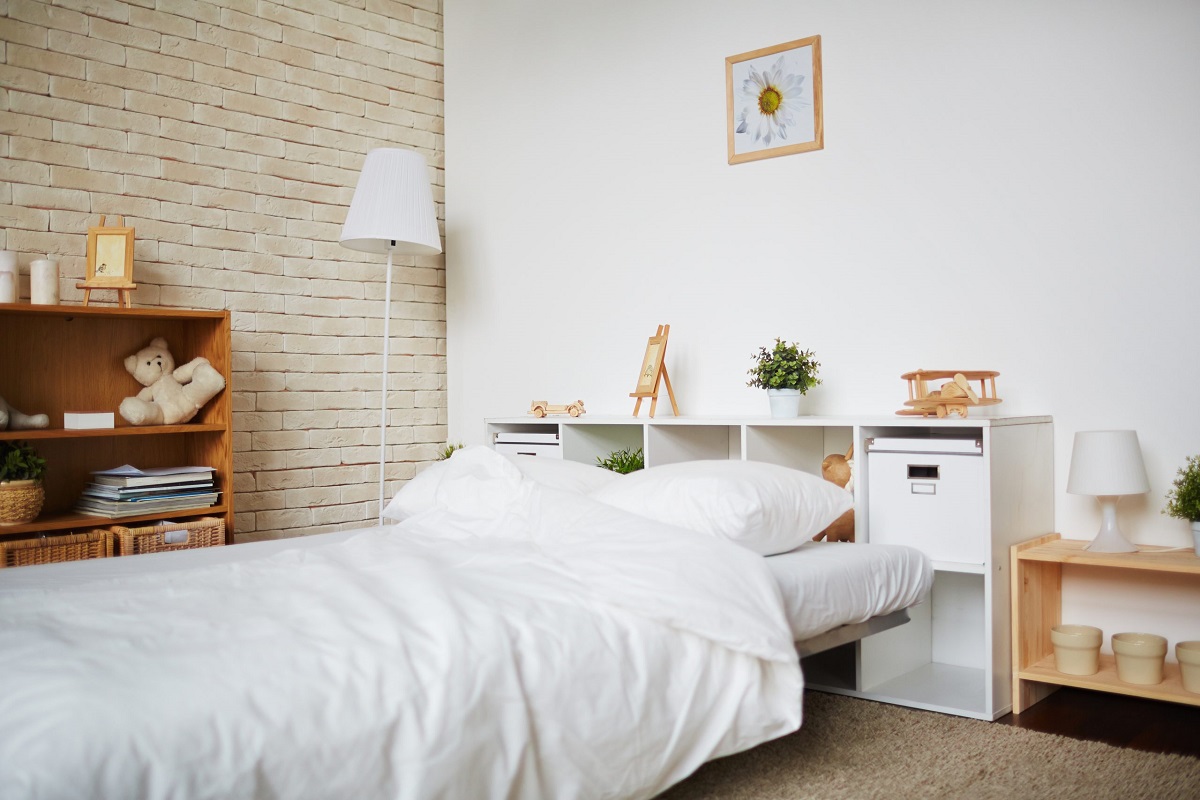
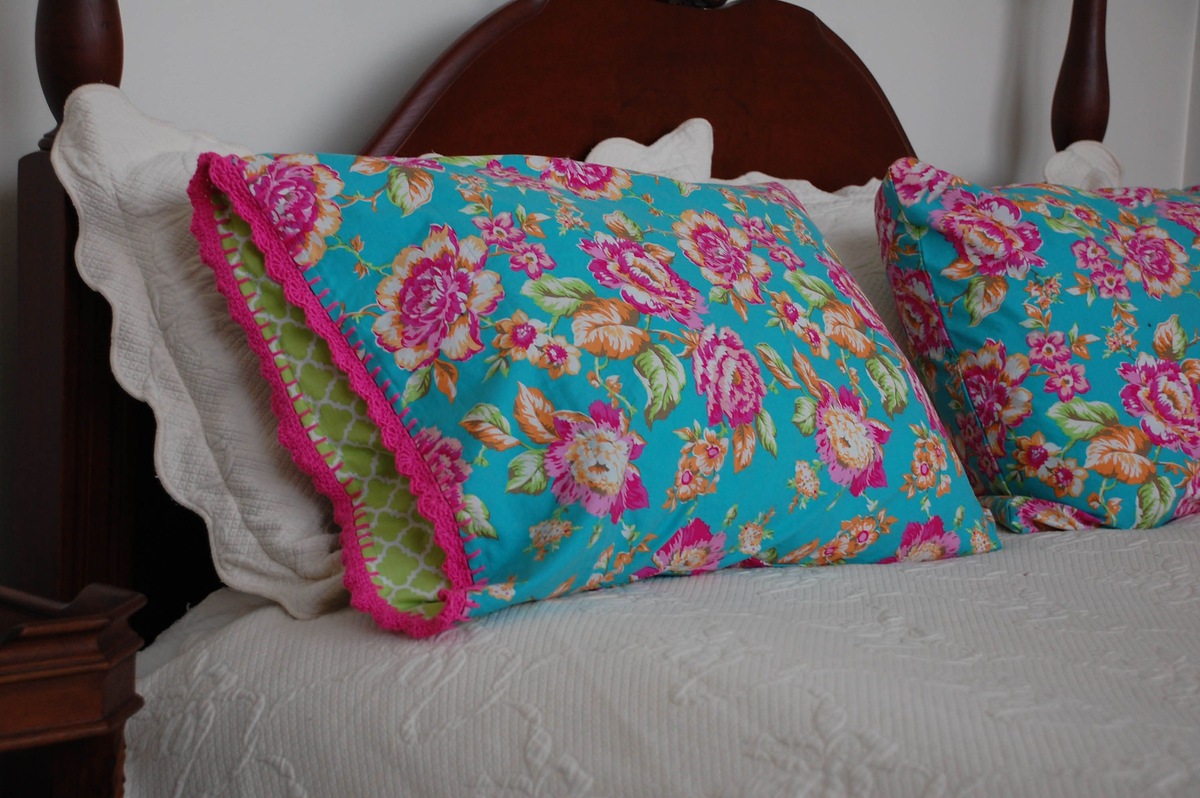
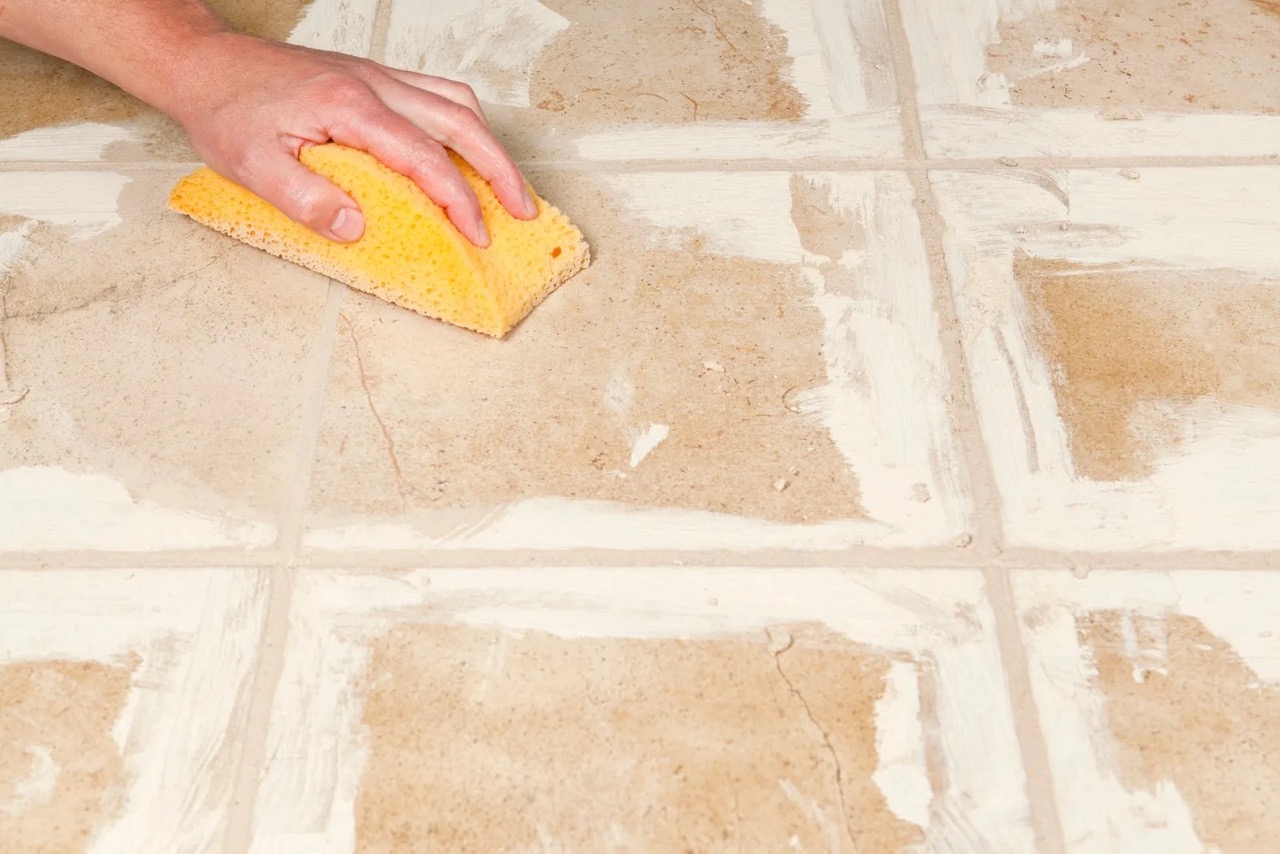
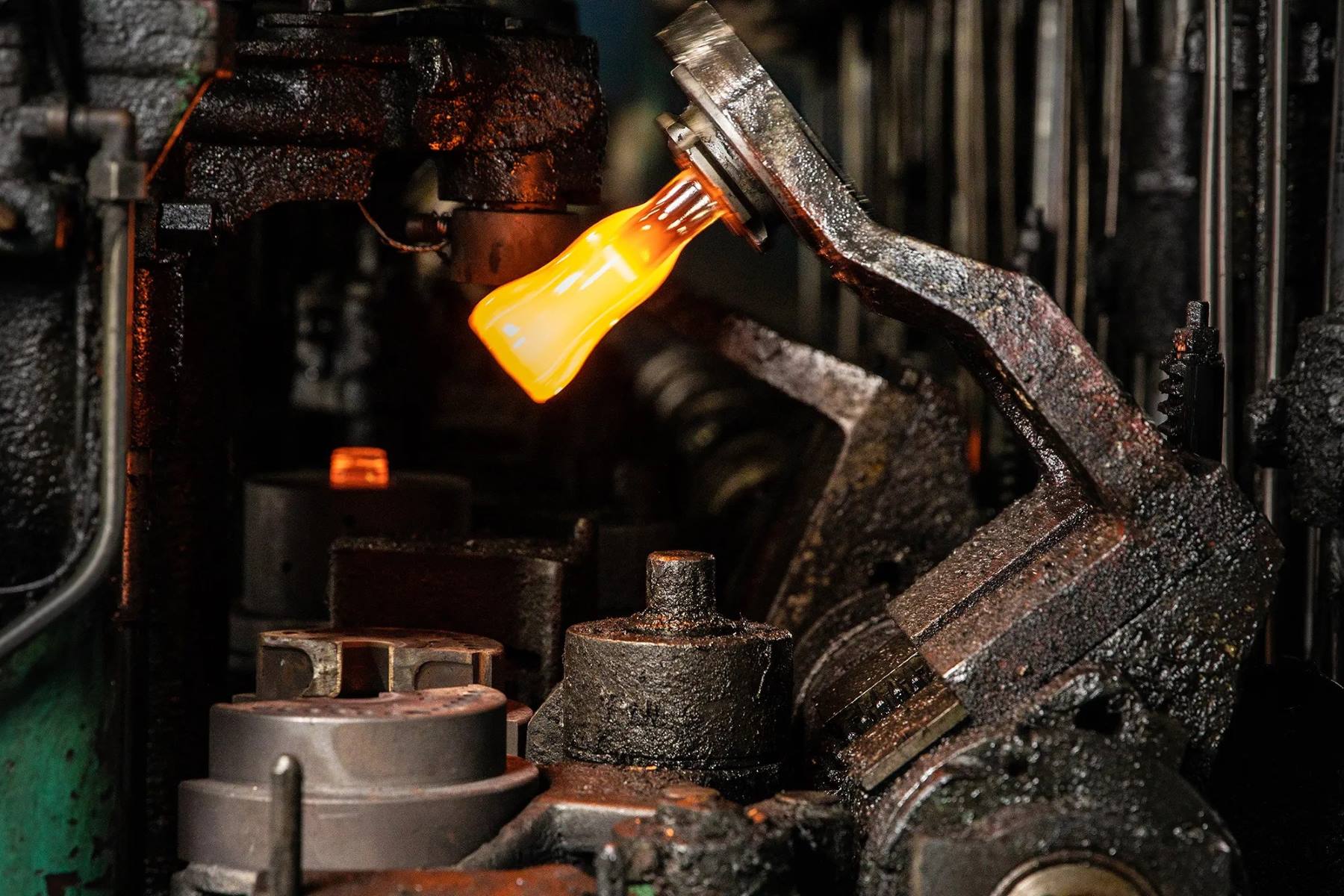
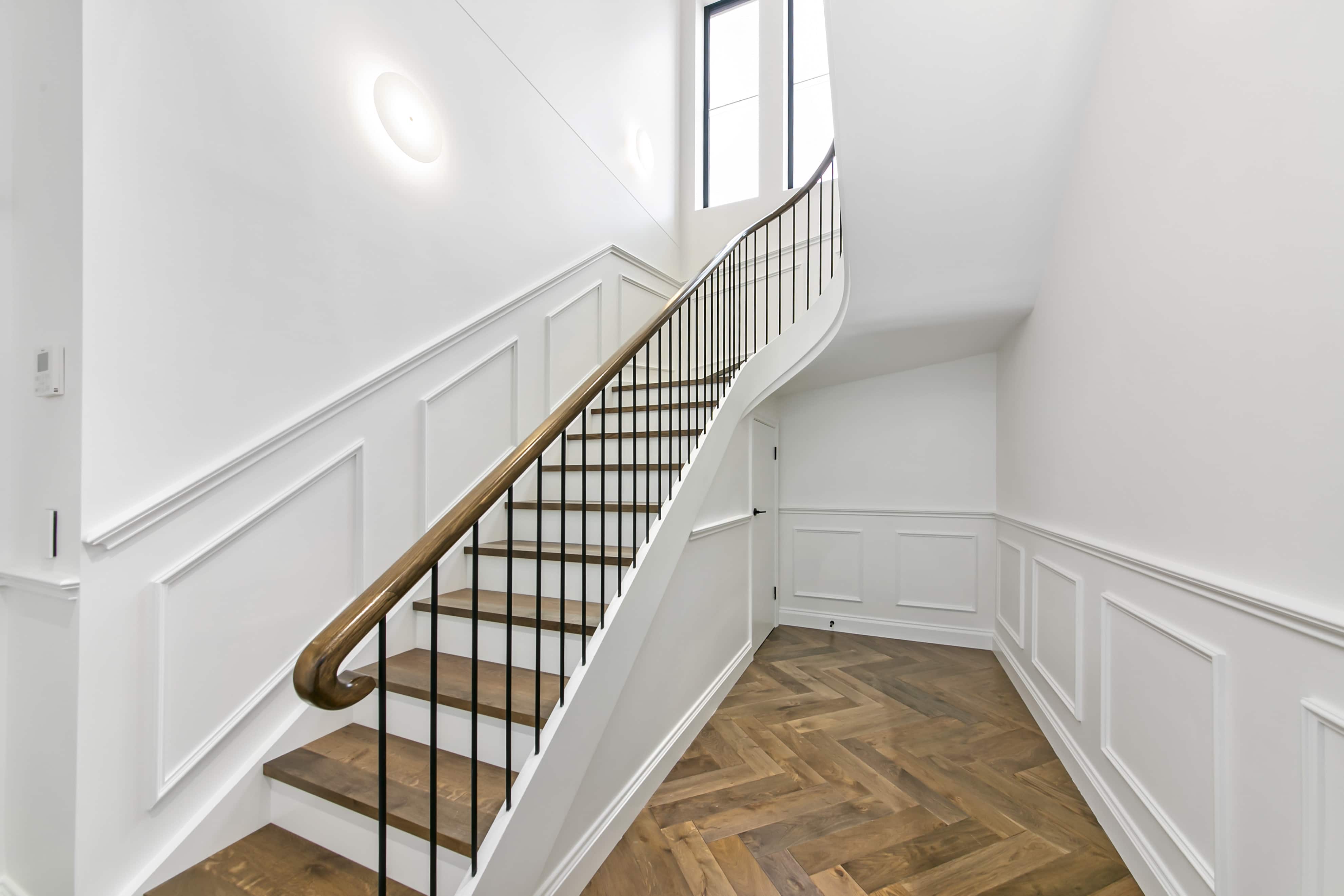

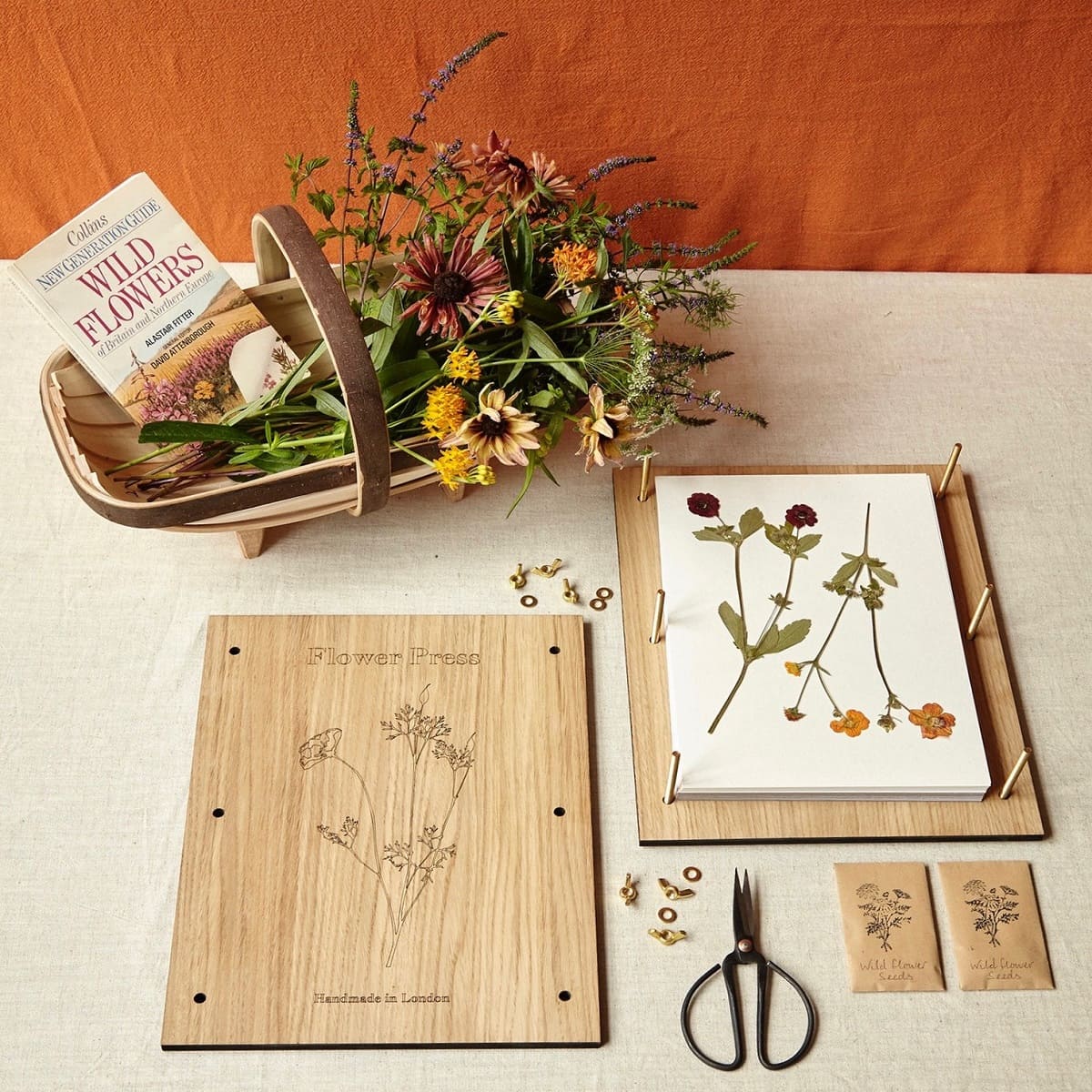
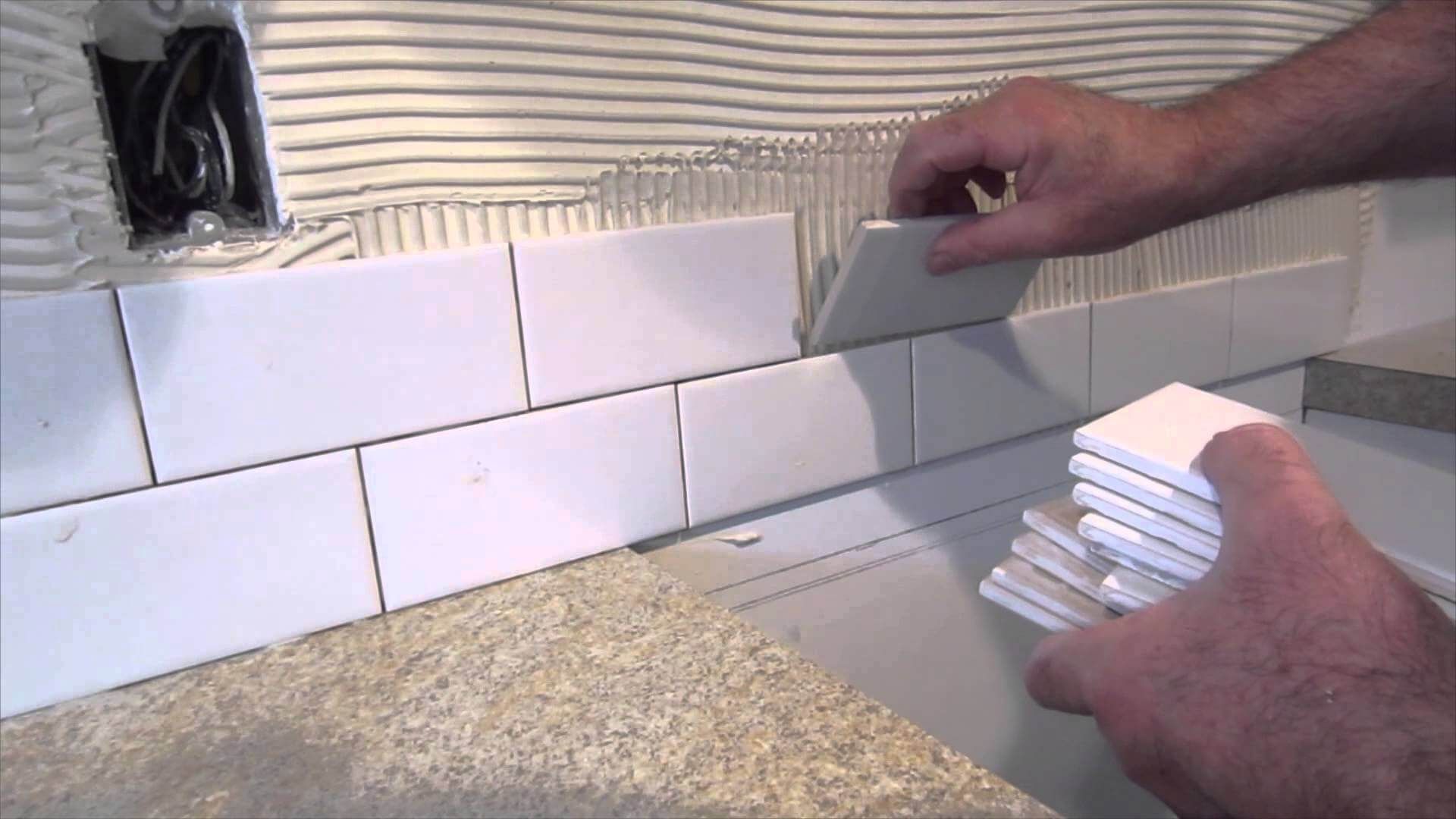

0 thoughts on “Simple Steps To Start A Small Beehive”